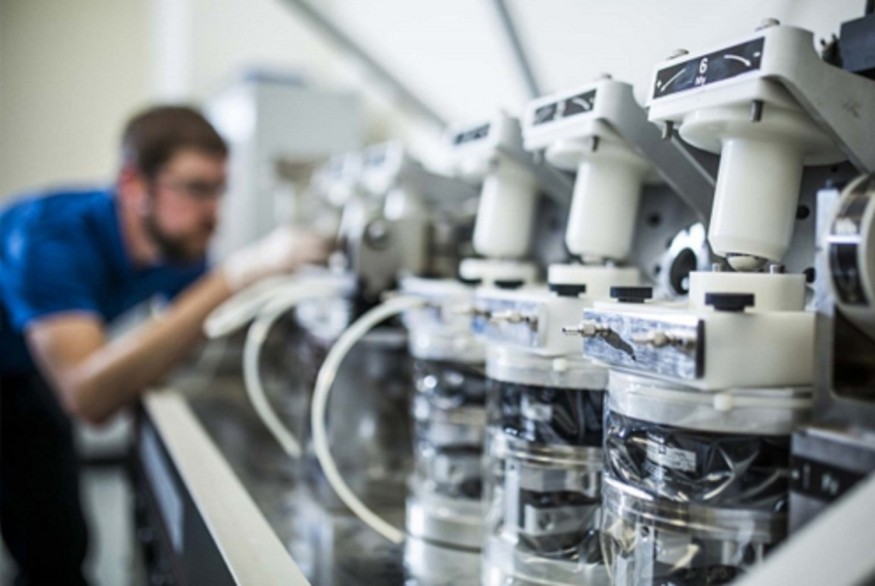
Running a laboratory is an expensive affair, and managing costs can be a daunting task. The cost of setting up and maintaining a lab can quickly spiral out of control, leaving lab managers struggling to stay within budget. However, there are various ways to reduce the costs of managing a lab, and one effective solution is to lease life science instruments.
Leasing life science instruments has become a popular option for lab managers who want to reduce costs while still maintaining high-quality equipment. Leasing allows labs to access the latest technology without the burden of high upfront costs. In this post, we will explore the benefits of leasing life science instruments and how it can help labs manage costs.
Benefits of Leasing Life Science Instruments
Low Upfront Costs
One of the primary benefits of leasing life science instruments is the low upfront costs. The cost of purchasing new equipment can be a significant burden on lab budgets, and leasing allows labs to access the latest technology without the initial capital outlay. This means that labs can conserve their capital for other expenses, such as salaries, supplies, and research activities.
Flexibility
Leasing life science instruments offers greater flexibility than purchasing outright. Leasing agreements can be customized to fit the specific needs of the lab, such as the length of the lease, payment schedules, and equipment options. This flexibility allows labs to adapt to changes in their research requirements without the financial burden of purchasing new equipment.
Access to Latest Technology
Leasing life science instruments allows labs to access the latest technology without the need for frequent upgrades. Leasing companies offer a range of equipment options, from basic to advanced, ensuring that labs can select the right equipment for their research needs. Upgrades and maintenance are often included in the lease agreement, ensuring that labs have access to the latest technology without the burden of additional costs.
Reduced Risk
Leasing life science instruments can reduce the risk associated with equipment ownership. Equipment can become obsolete quickly, and purchasing equipment outright can be a risky investment, particularly for small labs. Leasing allows labs to reduce their risk by avoiding the potential for equipment obsolescence and the need for costly upgrades.
Reducing Lab Management Costs with Life Science Instrument Leasing
Conduct a Cost Analysis
Before leasing life science instruments, lab managers should conduct a cost analysis to determine the most cost-effective option for their lab. The cost analysis should include the total cost of ownership, including maintenance, upgrades, and disposal costs, as well as the cost of leasing.
Select the Right Leasing Company
Selecting the right leasing company is essential to ensure that labs get the best value for their money. Lab managers should research different companies offering life science instruments for lease and compare their pricing, equipment options, and service offerings. It is also essential to check the leasing company's reputation, customer service, and support.
Negotiate the Lease Agreement
Lab managers should negotiate the lease agreement to ensure that it meets their specific needs. This may include negotiating the length of the lease, payment schedules, and equipment options. It is also essential to negotiate the terms of the maintenance and upgrade agreement to ensure that the lab has access to the latest technology.
Budget for Lease Payments
Leasing life science instruments requires a budget for lease payments. Lab managers should create a budget that includes lease payments, maintenance costs, and other associated expenses. It is essential to monitor the budget regularly to ensure that the lab is staying within budget.
Conclusion
Leasing life science instruments is a cost-effective solution for lab management. It offers labs access to the latest technology without the burden of high upfront costs. Leasing allows for greater flexibility, reduced risk, and access to the latest technology. Lab managers can reduce costs by conducting a cost analysis, finding a suitable vendor, negotiating the terms, and maintaining leasing payments.
© 2025 ScienceTimes.com All rights reserved. Do not reproduce without permission. The window to the world of Science Times.











